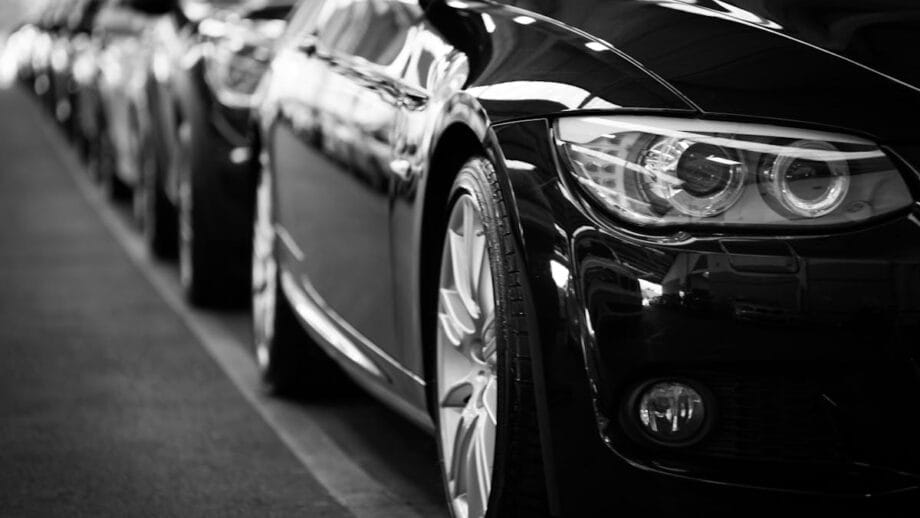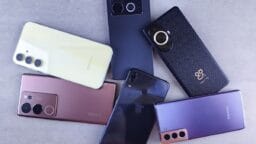Tesla’s Strategy: Licensing Technology for Sustainable Progress
Elon Musk, CEO of Tesla, recently announced on his personal Twitter account that the company intends to license its software technologies, including Autopilot, alongside powertrain and battery components, to various enterprises. Musk underscored the ambition to expedite the evolution of sustainable energy solutions, prioritizing collaboration over competition.
This initiative is not without precedent; Musk initially proposed the sharing of design patents in 2014 and reiterated this vision during the third-quarter earnings call last year.
Tesla’s historical partnerships with automotive manufacturers include supplying Daimler with electric vehicle battery components for the Smart EV, which is powered by a rechargeable battery. Unfortunately, the collaboration did not yield the anticipated advantages for Daimler, ultimately prompting the company to develop its own Smart EQ series of electric vehicles.
In its alliance with Toyota, Tesla supplied powertrains and battery components, facilitating the production of the electric RAV4. However, due to an absence of substantial sales and fundamental discrepancies regarding vehicle frame design, Tesla ceased providing these components to Toyota in 2014.
Nonetheless, Tesla remains optimistic about licensing its technology patents, powertrains, and battery components to other firms, following a model similar to that of technology giants like Google and Microsoft. Such licensing endeavors not only enhance Tesla’s market presence but also create additional revenue streams through broader adoption.
Parallel Endeavors in the Automotive Sector
In a comparable vein, Gogoro has unveiled the PBGN Alliance Design Plan, allowing Yamaha, Acer, and PGO to leverage GoStation battery swap station resources. This initiative also permits the use of Gogoro’s powertrains and related components to manufacture vehicles, thereby boosting the utilization of Gogoro’s energy network and lowering entry barriers for manufacturers in the electric vehicle segment.

Despite these collaborative prospects, many automakers remain inclined to develop proprietary electric vehicle and battery designs. Furthermore, Tesla’s patent licensing agreements impose stringent limitations, preventing licensees from influencing Tesla’s business trajectory or replicating its sales model.
Additionally, alterations to patent content or the transfer of Tesla’s technologies to other manufacturers are strictly prohibited, resulting in a perception among many manufacturers that Tesla’s conditions are overly restrictive, thus favoring independent design development.
Source link: Mashdigi.com.






